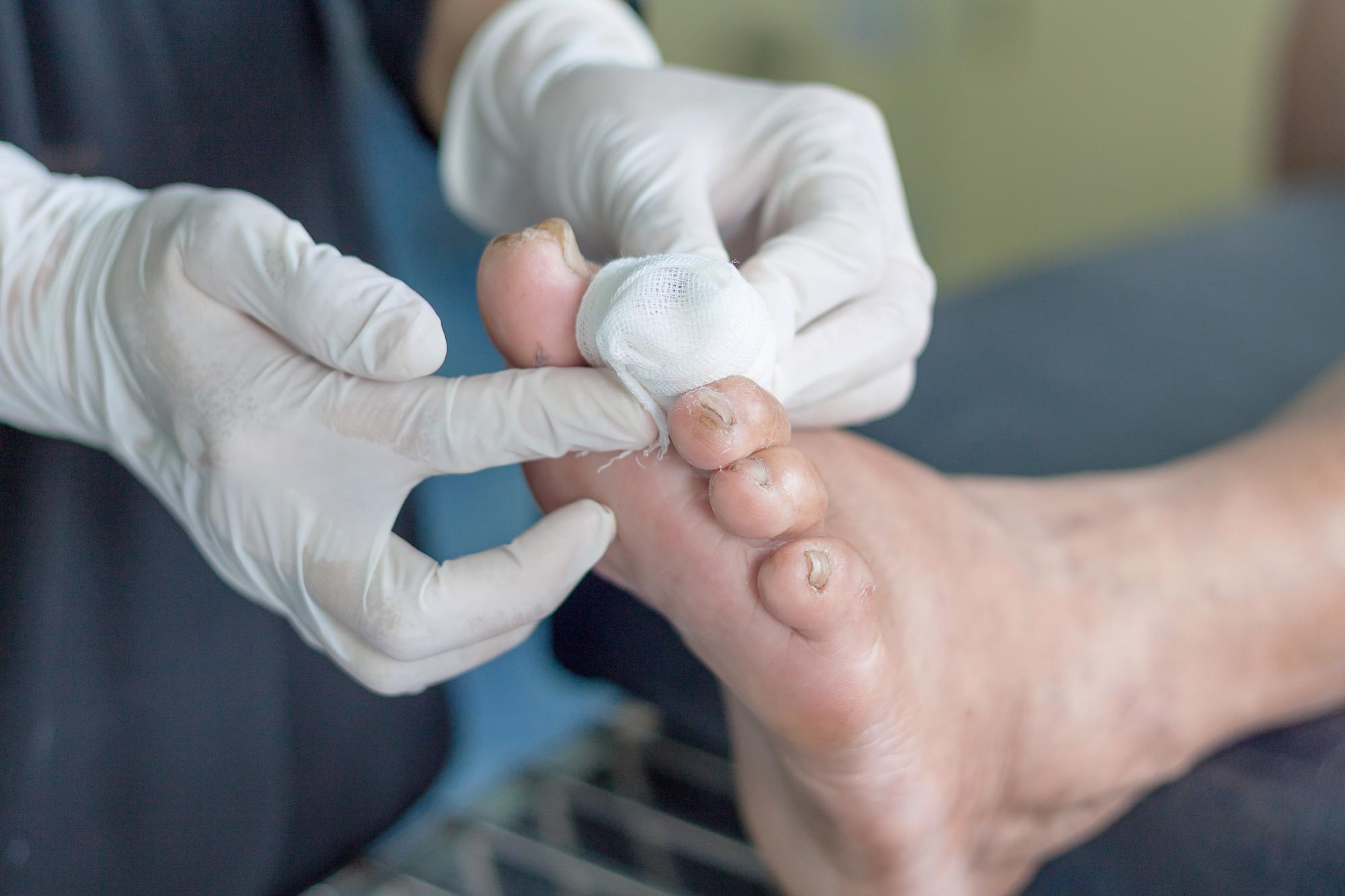More than 25 percent (25 percent) of American seniors are affected by diabetes, which is a chronic disease that is responsible for a wide range of complication. One alarming statistic reveals that 10 to 15 percent of people with diabetes face the ominous specter of leg and foot ulcers. These seemingly innocuous wounds, if left unattended, may escalate to a point where diabetic foot amputation becomes an unfortunate reality. The majority of amputations result from foot ulcers. This underscores the importance of preventing care and the need for a rigorous approach to care.
The management of diabetes is a multifaceted challenge, requiring a comprehensive approach that extends beyond glucose control. Everyday foot care becomes the keystone in this effort that serves as the primary defence against the growing threat of diabetes-related amputations.
Understanding the Landscape
Diabetes and its complications make for an arduous terrain to navigate. The high incidence of foot and leg ulcers in diabetics underscores the need to be aware and proactive care. When the numbers paint a stark image of the condition, it is evident that having a greater knowledge of the complexities is vital in the battle against amputations.
The Amputation Conundrum
The risk of amputations is always present for diabetics. It’s a personal experience that is more than figures. It’s a long way to go from a minor ailment to the possibility of amputation due to diabetes.
Daily Care for the Feet: A Defense against Amputation
Daily foot care is the basis for diabetes amputation preventive measures. This routine of daily living is not solely about hygiene, but it also identifies and treats potential issues before they get grave. The daily routine covers everything from checking your feet for wounds and applying the proper moisturizing.
Vascular specialists: What is their function
While vascular specialists aren’t able to directly deal with diabetes their expertise plays a pivotal role in reducing the risks related to the condition. Establishing optimal blood flow to the lower extremities is an important element of care and aims to ease leg pain and helping to heal wounds. Through this collaboration approach The goal is simple to prevent diabetes-related amputations through alleviating the effects of this condition.
Strategies to Avoid Amputation
The maze of diabetes amputation risks requires a mix of awareness, vigilance and skilled intervention. It is vital for people with diabetes to adopt a proactive approach. Regular checkups, with doctors, such as specialists in vascular surgery, can help with early detection.
Understanding the Triggers: Leg Ulcers and Beyond
Leg ulcers are usually the first sign of more serious complications. They require care and understanding. Knowing the causes of leg ulcers is a critical step. If it’s poor circulation or neuropathy or a mix of factors, identifying the root reason allows for targeted treatments and customized treatment.
Education as Empowerment
Essential is educating those suffering from diabetes about the risks and preventative measures. Education initiatives, both in health care settings as well as in the wider community, can bridge the gap between knowledge and taking action. Understanding the potential effects of minor wounds can trigger prompt responses that could help avoid the amputation of a diabetic foot.
Private battles, collective triumphs
Combating the complications of diabetes isn’t a personal battle; it is a collective victory. Participating in support groups with your healthcare provider or the local community is a good way to share experiences to gain knowledge and develop ways to cope. When you’re faced with the risk of amputation the emotional strain can be a huge one. Community support networks provide strength and solace.
In the end, the trek through diabetes, leg ulcers, and the looming danger of an amputation are multifaceted. Regular foot care is the first step to protect yourself. Vascular experts’ experience can be an asset to mitigate problems. Diabetes patients can reduce the likelihood of amputations by increasing awareness, taking preventive measures, and establishing a support system.
